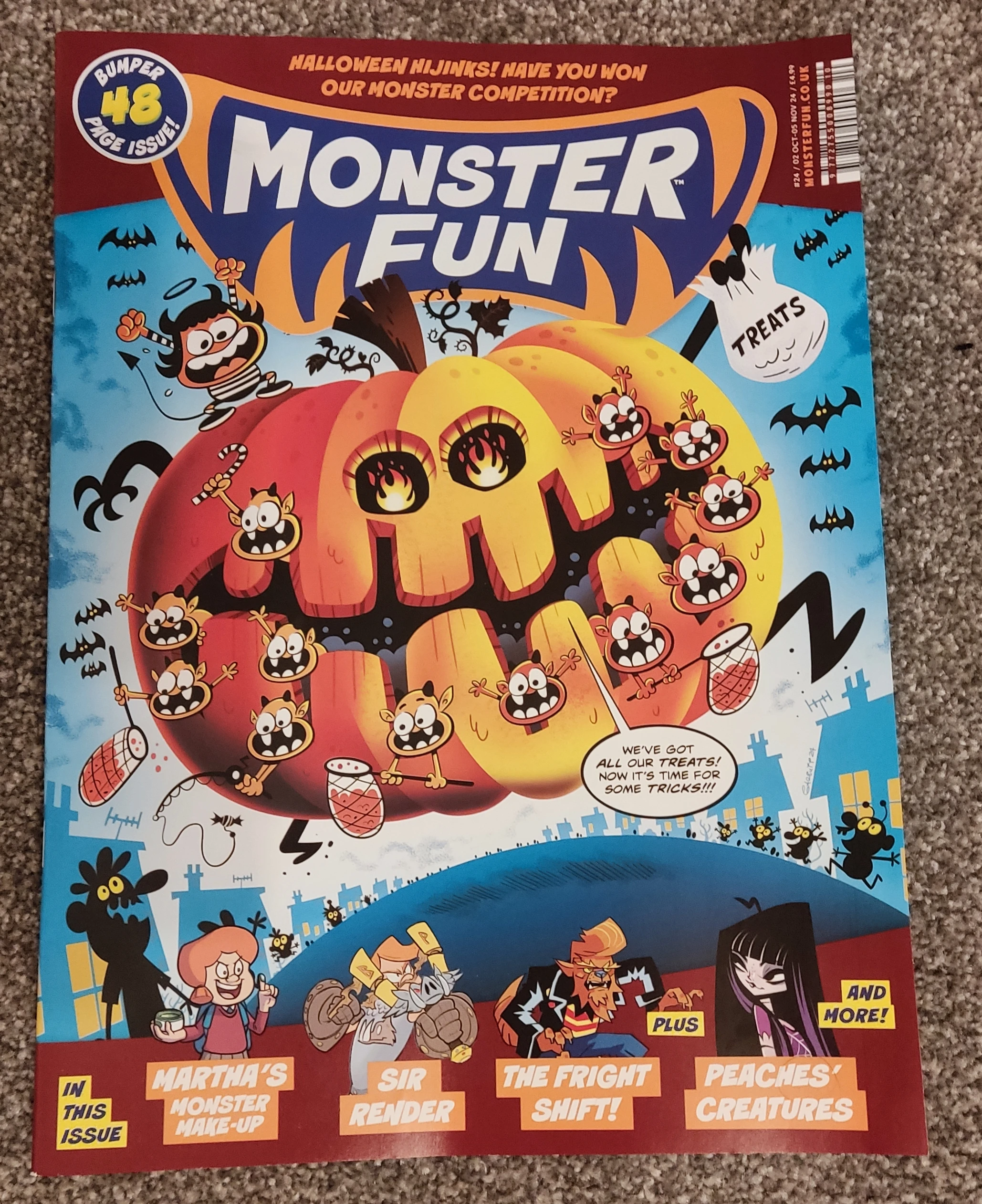Michael, 46, was back in Leeds from 2001 to 2011 and is now based in Oxford for his work. But Leeds holds a special place in his heart – not least, he says, because it is the home of comics in the North of England.
“The only thing that could tear me away from my favourite city was the ultimate job,” he says. “Particularly in Leeds, the comic scene has never been more vibrant and more diverse than it is now. And that's really fantastic. It's really been great to watch that over the last 20 years.”
Not only is it a student city, which fosters interest in comics, but it sustains three comic book stores – OK Comics, Travelling Man and Forbidden Planet International – which “all have their own identity and their own clientele,” says Michael. And lots of comic creators are from, or are based in Yorkshire, too, including Peter Doherty, Greg Staples, the late John Cooper.
“All the stars align over the head of Leeds and I know from my decade back that it always felt exciting to be in comics and to be around people who love comics,” says Michael, who is husband to Katherine.
It was in Leeds that he started to write freelance pieces about comics, going from consumer to somebody who worked in the industry. He has interviewed numerous names including Alan Moore, known for works such as Watchmen and V for Vendetta.
Now, Michael does have to “pinch myself” sometimes, he says, working for 2000 AD. He says: “I get to hang around with some of the most creative people on the face of the planet.”
But earlier this year, his own work was celebrated. In July, his book on the politics of Judge Dredd was named as Best Comics-Related Book at the Eisner Awards, in San Diego, California.
Blending comic book history with contemporary radical theories on policing, I Am The Law analyses how John Wagner and Carlos Ezquerra’s character has reflected, parodied and predicted the rise of military-style policing.
For those who have never delved, what do comic books offer that other forms, such as novels, cannot? Michael sounds almost pained trying to answer what is such a big question for him. “People have quite literally written entire books about that,” he says.
So on this subject, Michael follows up by email. “There’s a great writer called Scott McCloud who has a lot to say about the way comics can mess with the illusion of time passing through the arrangement of different elements. That's comics’ central magic – the translation of space into time.
"Ultimately, comics gives your unconscious mind a workout by playing with symbols, images, and information to build a narrative. The effect of all that invisible mental effort is that the reader is so deeply invested that the emotional beats hit harder.
"The American cartoonist Will Eisner, after whom the awards are named, did so much to explore and expand on this idea. There really is no other artform like comics.
“The adult historical horror series Somna, by Becky Cloonan and Tula Lotay (an Ilkley-based artist), is a great example of how two creators can write and draw together in a mutually supportive way that puts across two aspects of a single narrative.
"I can't see prose doing quite the same thing and it demonstrates how art styles can affect meaning – art style is to comics as prose style is to fiction.” He also highlights, for instance, how Yorkshire artist Zoe Thorogood's It's Lonely At The Centre of the Earth is a “complex and layered narrative response to her mental health, often switching from speaking directly to the reader to third-person narration,” he says.
“One particularly brilliant visual trick is where she covers her face with narration boxes, making the narration even more intimate.” And Thought Bubble is the place where these artists and themes coalesce. "Loads of people from across the world converge on Thought Bubble,” says Michael. “It’s the show that comic creators tell other comic creators to attend.
"I was in Portland in Oregon at a convention and there was this American artist saying to another American to go to Thought Bubble. I was just like, that’s so strange – these two people on the other side of the world going: ‘You must visit Harrogate’.”
For line up details and ticket, visit: www.thoughtbubblefestival.com
1
3
2
9
How I discovered the amazing history and popularity of the British War Comic in York
(www.yorkshirepost.co.uk)
4
3
5
13
Alan Moore on magic, storytelling, fascism, and his new not-quite-a-comic
(www.publishersweekly.com)
7
1
14
1
British Comics
0 readers
1 users here now
For the discussion of British comics and comic creators.
Related:
Elsewhere in the Fediverse:
- !comics@lemmy.ml
- !comicbooks@lemmy.world
- !eurographicnovels@lemm.ee
- !fumetti@feddit.it
- !manga@lemmy.ml
- !dccomics@lemmy.ml
- !marvelcomics@lemmy.ml
- !webcomics@lemmy.ml
- !webcomics@a.gup.pe
If you are looking for British comedy:
Other resources:
- Wikipedia
- Albion British Comics Database Wiki
- British Comics blog
- Blimey! The Blog of British Comics
- Down The Tubes
Banner from the British comics blog, avatar from The Ultimate Book of British Comics.
founded 1 year ago
